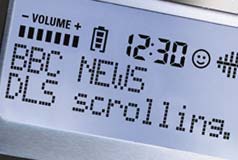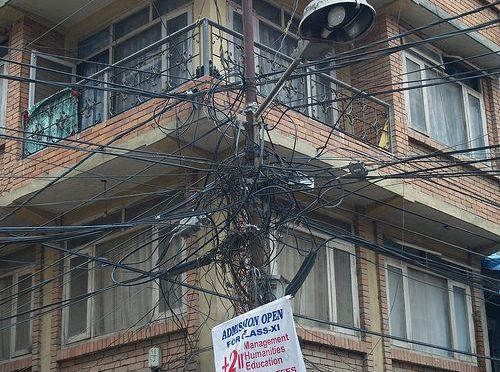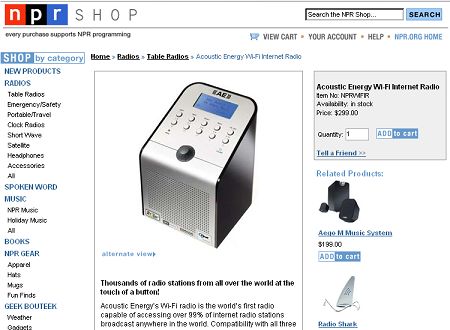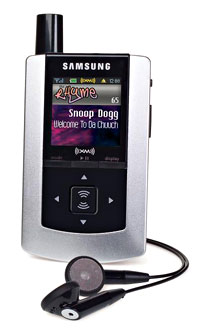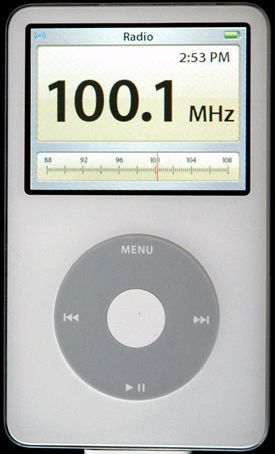 The BBC has just announced plans for digital radios to “clip onto” the current crop of digital music players [iPods, other mp3 players].
The BBC has just announced plans for digital radios to “clip onto” the current crop of digital music players [iPods, other mp3 players].
This is a most interesting direction. With all of the discussion in the US radio industry about the HD Radio campaign, all of the technical problems, the holdup on FCC approval, and all related questions, I have yet to hear anyone over here say “Let us adapt to one of the most common manners in which people listen to things.” It has always been about completely new sets, mostly of the old-fashioned table-top variety. Nothing wrong with that per se, but it would seem that ushering in what is to be lauded as the biggest thing since FM via the table-top radio appears to be a bit more than behind-the-curve.
And, they are smart to make it something that would piggy-back on the plethora of portable media players already in circulation. Brilliant.
Link to the BBC story.
